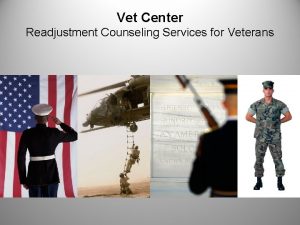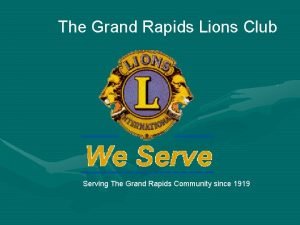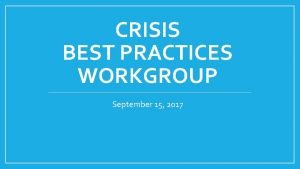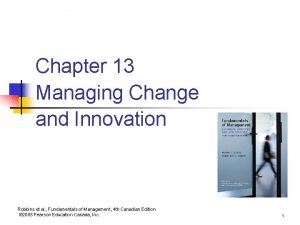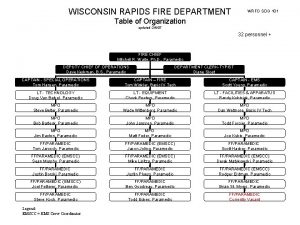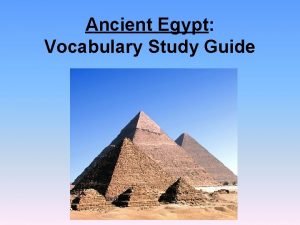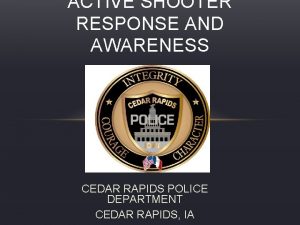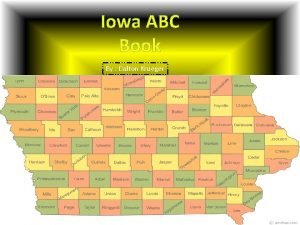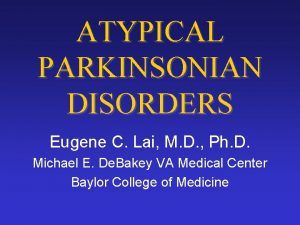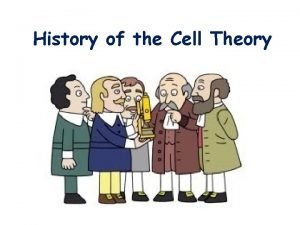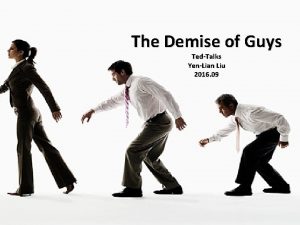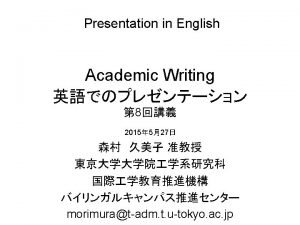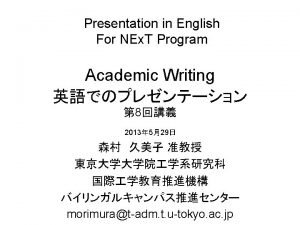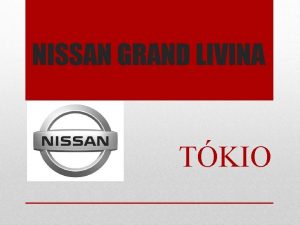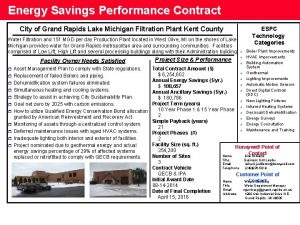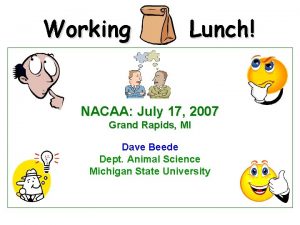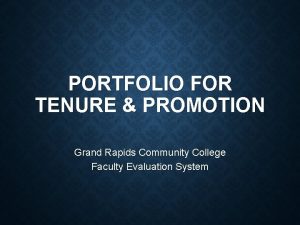TED Conference 2012 Grand Rapids MI Designing e













- Slides: 13

TED Conference 2012 Grand Rapids, MI Designing e. P ortfolios to Promote & A ssess Adaptive Exp ertise Evelyn Reed , Serra De Ar ment, Angela Wetzel Virginia Com monwealth University

Session Overview • Adaptive Expertise & Program Outcomes for SET candidates AE • AE Elements & CEC Standards: How to promote AE? AE + CEC • e. Portfolio: Tool to promote, document, & assess AE e. Portfolio

Adaptive Expertise: Gold Standard (Hammerness, Darling-Hammond, & Bransford, 2005) • Adaptive Dispositions – Holding theories lightly, the world is complex and messy – Seeking out feedback, willing to ask questions – Being driven to learn, curious, motivated by problem-solving • Metacognitive Skills – Assessment of level of expertise, monitoring comprehension, understanding self as problem solver – Monitoring results and performance • Cognitive Skills – Inventing new procedures, balancing efficiency and innovation – Causal reasoning, selecting appropriate approach based on data and hypotheses

Adaptive experts balance the dimensions of innovation and efficiency. (Bransford, Derry, Berliner, & Hammerness, 2005)

Adaptive Expertise for SET • Meet needs of diverse learners • Apply pedagogical knowledge in varied situations • Adapt environments, instruction and support which requires problem-solving, experimentation, critical assessment, and reflection • Manage challenges of beginning practice – Collaboration, teaching in multiple content areas, understanding legal and procedural knowledge, time management, flexibility

AE & Program Outcomes • Target level on clinical continuum – building on reflection, making changes to improve, adjust, expand & connect • Standard 1. Positive & Safe Environment c. Time management: Reflects on strategies used for managing time effectively, makes adjustments to routines and adopts new plans that maximize time on task for student learning. Curriculum Mapping Example

Alignment Activity: AE Tenets & CEC Standards

e. Portfolios • • Visible framework (standards), but flexible Throughout program Regular feedback Supportive & challenging environment Illuminate growth & document learning Accessible for community engagement Program effectiveness – Candidate learning – Faculty effectiveness

e. Portfolios in Action • VCU Special Education – General template • Candidate Example 1 • Candidate Example 2

e. Portfolios & Reflection • Teach reflection using explicit expectations (e. g. , rubric) (Dalal et al. , 2012; Pitts & Ruggirello, 2012; Wetzel & Strudler, 2006) • Associate reflection with an assignment (Jenson, 2011) • Focus reflection prompts on candidate’s experience but tie in standards and theory (Wetzel & Strudler, 2006 ; Yao et al. , 2009) • Require candidates to justify and explain decisions (Bransford, 2004; Crawford, 2005; Hatano & Inagaki, 1986; Inagaki & Miyake, 2007)

Scaffolding Reflection for AE • Reflection on positive teaching experiences prompted greater innovation & motivation (Janssen et al, 2008) • Guiding & reflecting supervision style prompted more discussion of novice problems - unquestioned familiarity, dual purpose, context (Soslau, 2012)

Core Content for Reflection Reflect on what you did in this experience/assignment: 1. What other options and/or perspectives did you consider? 2. Why did you make the decisions as you did? 3. Accounting for what you know from additional experience, student outcomes, and faculty/community feedback, what would you do the same and/or differently next time? And why? 4. Articulate your growth and gaps in knowledge, skills, and dispositions related to the standards evidenced in this experience/assignment. What else could you do (e. g. , resources, experiences) to address gaps and further growth?

Your experiences • Using e. Portfolios • Prompting reflection about adaptive dispositions, decision making, and problem solving • Continuing the dialog http: //wp. vcu. edu/soesedp
 Grand rapids vet center
Grand rapids vet center Grand rapids lions club
Grand rapids lions club Pivot crisis grand rapids mi
Pivot crisis grand rapids mi Dbt therapy grand rapids
Dbt therapy grand rapids The calm waters metaphor
The calm waters metaphor Wrfd fire department
Wrfd fire department A section of the nile river with rapids and rocky terrain
A section of the nile river with rapids and rocky terrain Cataract rocky rapids
Cataract rocky rapids Cedar rapids active shooter
Cedar rapids active shooter Dalton wild cedar rapids iowa
Dalton wild cedar rapids iowa Sacred heart catholic church sauk rapids mn
Sacred heart catholic church sauk rapids mn Eugene lai md
Eugene lai md Robert hook cell theory
Robert hook cell theory The demise of guys
The demise of guys
